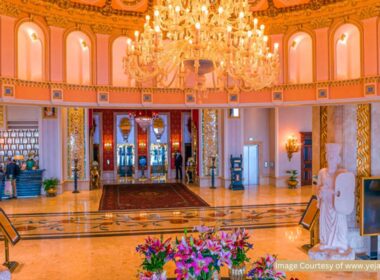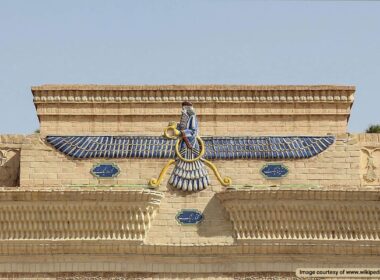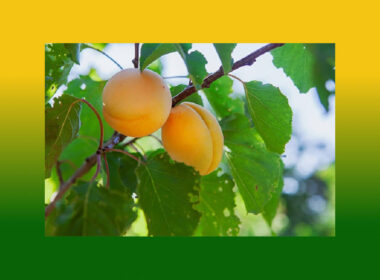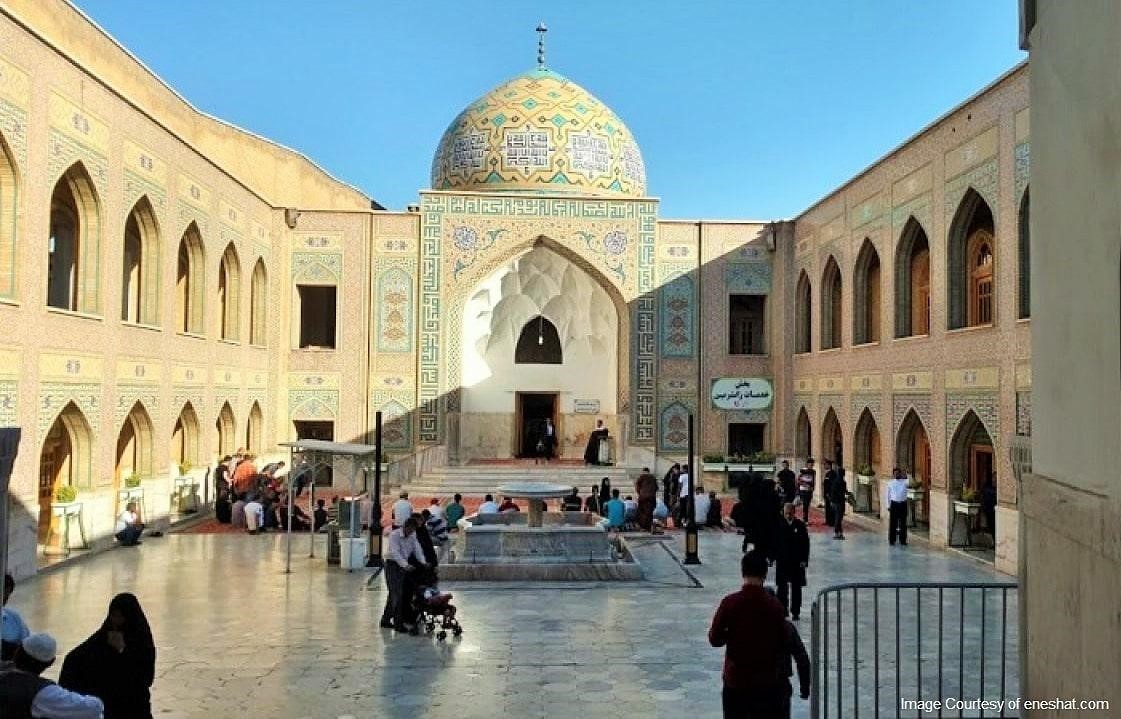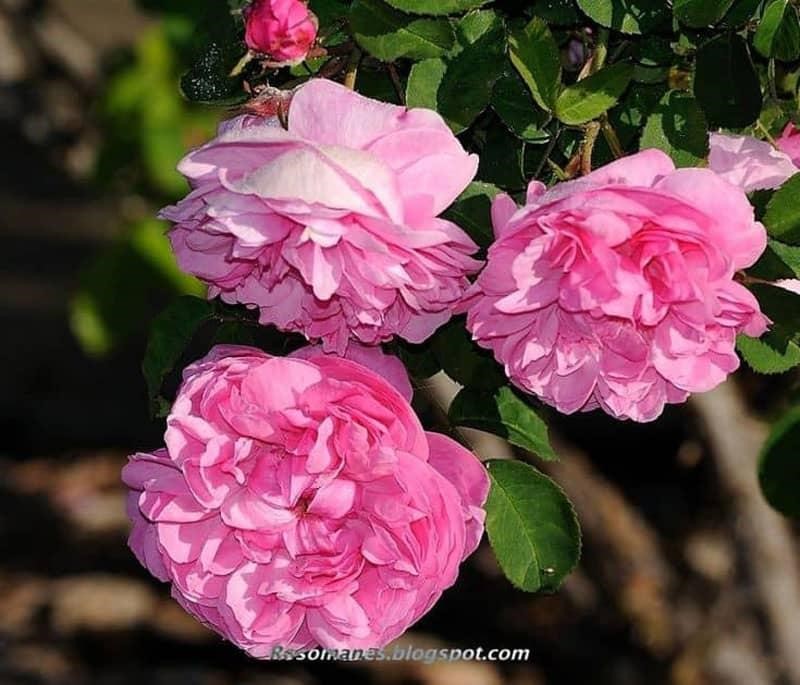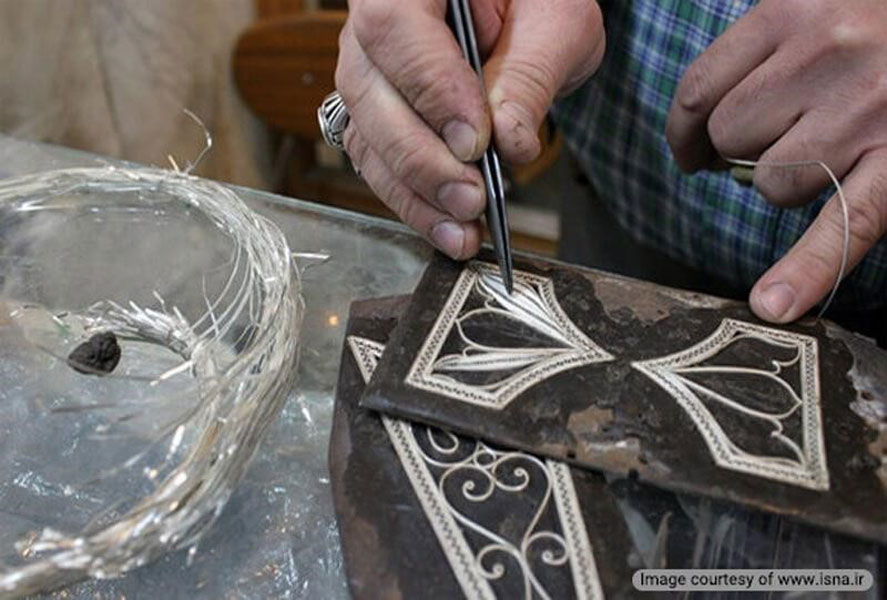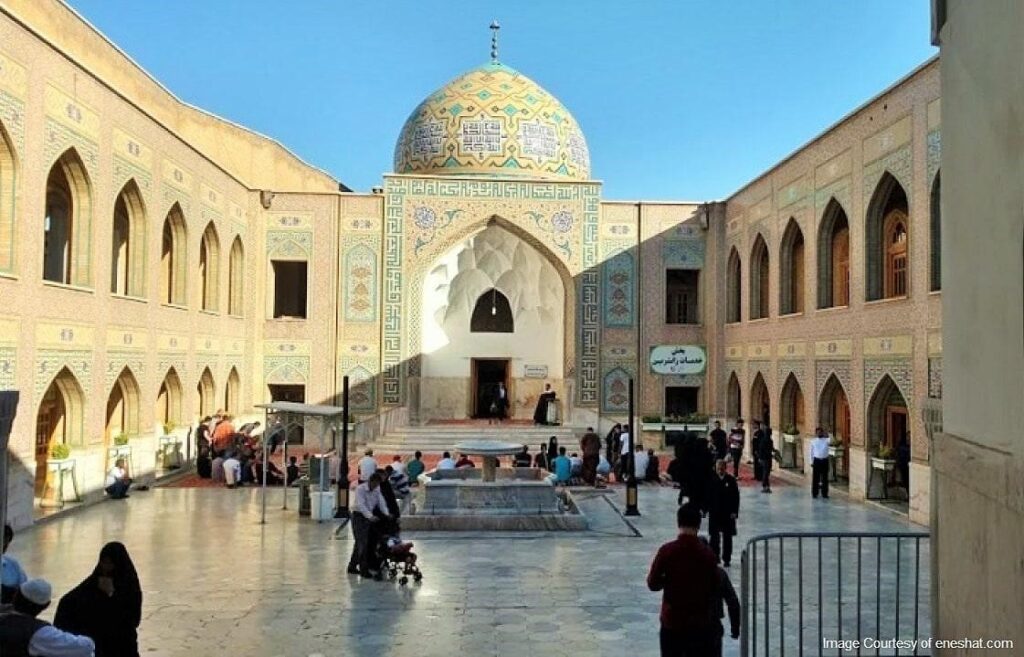
Mashhad is one of the most visited tourist destinations in Iran, famous for its numerous holy shrines. In addition to its fame as a religious tourist destination for pilgrims, this city houses some of Iran’s well known historical monuments. Among the famous Mashhad tourist attractions, we can mention the tomb of Pir Palandouz, which was registered on the Iran National Heritage List in 1977.
This tomb is located in the northeast of the holy shrine of Imam Reza and is attributed to one of the mystics named Mohammad Aref Abbasi. This great mystic was considered among the sheikhs (religious figures) of the Zahabiya dynasty.
Biography of Pir Palandouz, Famous 16th Century Mystic
Mohammad Aref Abbasi, whose real name was Darvish Mohammad Karandhi, was born in Karand village in Mashhad. He was recognized as one of the famous mystics of the Safavid era and lived in the same era as Sheikh Baha’i. In addition to mysticism, Mohammad Karandhi was skilled in calligraphy and alchemy.
Among his calligraphy works, we can mention a Seven Sura Quran that is in the Tholt script and preserved in this tomb. Despite his other skills, Mohammad Karandhi was engaged in shoemaking and saddle making to earn his livelihood. This is why he is known as Pir Palandouz.
After his death, the Safavid ruler Muhammad Khodabanda (father of Shah Abbas), ordered the construction of a commemorative tomb. So the first building of the Pir Palandouz tomb was constructed in the 16th century.
Architectural Features of Tomb of Pir Palandouz
This mausoleum features a large wooden door, which is its only entrance. At first, this building was a simple structure that was rather small. In recent years, the building was renovated and new areas were added to the site. In the following, we will describe some of the facade characteristics of the building before restoration. Then we will examine the advantages and disadvantages of the tomb during the restoration.
Architectural Features of The Tomb Before Restoration
The tomb of Pie Palandouz has a square design featuring a beautiful dome with turquoise-colored tiles. Plasterwork and tilework decorations are used in the exterior facade of the tomb. Also, unique miniature paintings bring special magnificence to the overall facade.
One of the unique features of this tomb is its onion dome. This dome is placed on a cylindrical building and features exquisite decorative elements. Most of the dome’s surface is decorated with simple turquoise colored tiles. There is also a beautiful Toranj design with floral and arabesque decorative motifs.
Another feature of the Pir Palandouz tomb is its beautiful brick Iwan. Also, the interior of the mausoleum includes a Shah-Neshin (elegant room) with unique Yazdi Bandi decorations, which gives it a marvelous look.
The tomb was restored and renovated in recent years following the victory of the Islamic revolution.
Advantages and Disadvantages of the Tomb’s Restoration
Advantages: After the restoration, new areas were added, including the entrance portal, yard, fountain, green space, and miniature paintings. Therefore, the tomb of Pir Palandouz was expanded and other famous figures were laid to rest in the complex. In addition, the surrounding walls were decorated with false arches, beautiful tilework decorated with geometric patterns.
Disadvantages: After restoration, the inscriptions that were located around the exterior facade of the mausoleum were removed. Also, the decorations of the dome, which initially included simple and uniform turquoise-colored tiles, were removed. Now this dome is decorated with different turquoise and buff colored tiles. There are geometric shapes in the shape of 8 eight-pointed stars all around, decorated with carvings of Al-Tasbihat al-Arba’a.
Visit This Historic Tomb in Mashhad
The city of Mashhad is one of the most important tourist destinations in Iran because of its unique historical monuments. The tomb of Pir Palandouz is one of these significant tourist destinations that attracts many travelers to its unique features.
If you travel to Mashhad on an Iran tour package or personally, do not miss visiting this beautiful tomb. We suggest that you read more about this city before your visit to find out about more tourist destinations in Mashhad. Destination Iran invites you to visit the tomb of Pir Palandouz in Mashhad as one of the must-visit Mashhad tourist attractions.
Where is the Tomb of Pir Palandouz?
The tomb of Pir Palandouz is located in Mashhad. By walking along Nawab Safavi Street towards the shrine of Imam Reza (AS), on the northeast side of the shrine, we reach the tomb of Pir Palandoz. You can see the exact location of this tomb below:
Frequently Asked Questions About the Tomb of Pir Palandouz
If you cannot find the answer to your question here, leave us a comment in the comment section below this post and ask your question. We will answer it as soon as possible.
Who is Pir Palandouz?
Pir Palandouz (Palandooz) is the nickname of Sheikh Mohammad Aref Abbasi. He was one of the mystics and elders of the Zahabiya dynasty during the Safavid era.
What was Aref Abbasi called Pir Palandouz?
Sheikh Mohammad Aref Abbasi, who was held in high esteem, was engaged in saddle making to earn a living. That’s why they gave him that nickname.
What other tourist sights are around the tomb of Pir Palandouz?
There are some other tourist destinations near Pir Palandouz tomb, some of which are: Tavakoli Historical House, Abbas Gholi Khan School, Nazeran Historical House and Amiri Historical House.
What are the architectural features of the tomb of Pir Palandoz?
The building of this mausoleum is in the form of a cube with an onion dome and a brick Iwan. Before the restoration of the tomb in recent years, the dome was decorated with simple turquoise colored tiles. But now, it is decorated with different buff and turquoise colored tiles.



